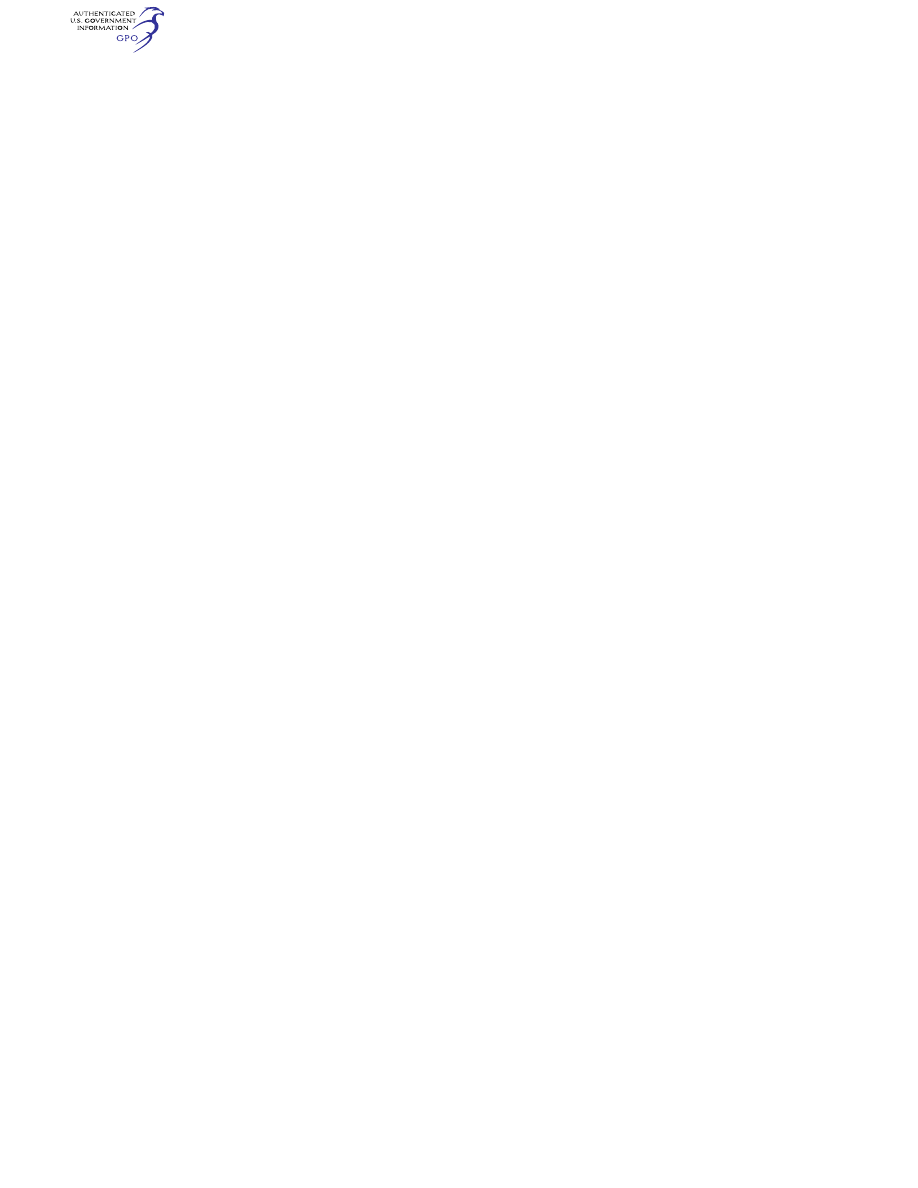
111
Federal Aviation Administration, DOT
§ 121.275
§ 121.259 Lines and fittings.
(a) Each line, and its fittings, that is
located in a designated fire zone, if it
carries flammable fluids or gases under
pressure, or is attached directly to the
engine, or is subject to relative motion
between components (except lines and
fittings forming an integral part of the
engine), must be flexible and fire-re-
sistant with fire-resistant, factory-
fixed, detachable, or other approved
fire-resistant ends.
(b) Lines and fittings that are not
subject to pressure or to relative mo-
tion between components must be of
fire-resistant materials.
§ 121.261 Vent and drain lines.
All vent and drain lines and their fit-
tings, that are located in a designated
fire zone must, if they carry flammable
fluids or gases, comply with § 121.259, if
the Administrator finds that the rup-
ture or breakage of any vent or drain
line may result in a fire hazard.
§ 121.263 Fire-extinguishing systems.
(a) Unless the certificate holder
shows that equivalent protection
against destruction of the airplane in
case of fire is provided by the use of
fireproof materials in the nacelle and
other components that would be sub-
jected to flame, fire-extinguishing sys-
tems must be provided to serve all des-
ignated fire zones.
(b) Materials in the fire-extin-
guishing system must not react chemi-
cally with the extinguishing agent so
as to be a hazard.
§ 121.265 Fire-extinguishing agents.
Only methyl bromide, carbon dioxide,
or another agent that has been shown
to provide equivalent extinguishing ac-
tion may be used as a fire-extin-
guishing agent. If methyl bromide or
any other toxic extinguishing agent is
used, provisions must be made to pre-
vent harmful concentrations of fluid or
fluid vapors from entering any per-
sonnel compartment either because of
leakage during normal operation of the
airplane or because of discharging the
fire extinguisher on the ground or in
flight when there is a defect in the ex-
tinguishing system. If a methyl bro-
mide system is used, the containers
must be charged with dry agent and
sealed by the fire-extinguisher manu-
facturer or some other person using
satisfactory recharging equipment. If
carbon dioxide is used, it must not be
possible to discharge enough gas into
the personnel compartments to create
a danger of suffocating the occupants.
§ 121.267 Extinguishing agent con-
tainer pressure relief.
Extinguishing agent containers must
be provided with a pressure relief to
prevent bursting of the container be-
cause of excessive internal pressures.
The discharge line from the relief con-
nection must terminate outside the
airplane in a place convenient for in-
spection on the ground. An indicator
must be provided at the discharge end
of the line to provide a visual indica-
tion when the container has dis-
charged.
§ 121.269 Extinguishing agent con-
tainer compartment temperature.
Precautions must be taken to insure
that the extinguishing agent con-
tainers are installed in places where
reasonable temperatures can be main-
tained for effective use of the extin-
guishing system.
§ 121.271 Fire-extinguishing system
materials.
(a) Except as provided in paragraph
(b) of this section, each component of a
fire-extinguishing system that is in a
designated fire zone must be made of
fireproof materials.
(b) Connections that are subject to
relative motion between components of
the airplane must be made of flexible
materials that are at least fire-resist-
ant and be located so as to minimize
the probability of failure.
§ 121.273 Fire-detector systems.
Enough quick-acting fire detectors
must be provided in each designated
fire zone to assure the detection of any
fire that may occur in that zone.
§ 121.275 Fire detectors.
Fire detectors must be made and in-
stalled in a manner that assures their
ability to resist, without failure, all vi-
bration, inertia, and other loads to
which they may be normally subjected.
